Introduction: Why Building a Student Resume Matters
Finding your first job as a student might seem difficult. Without much, or any, work experience, you might ask yourself how to catch an employer’s attention. This is where putting together a good student resume becomes important.
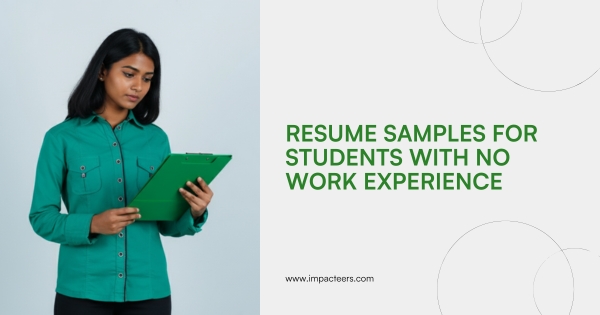
A student resume isn’t just a document—it tells your story. It highlights who you are, focuses on your abilities, and explains how your education talents, and extracurriculars can make you a great pick for part-time jobs or internships. Even if you’ve never had a job before, you can still create a resume that leaves employers impressed.
Visit Us >>> https://www.impacteers.com
Whether you want part-time work, your first job, or an internship, a resume’s purpose stays the same. It aims to show your worth and make you stand out from others in a competitive job market.
What is a Student Resume?
A student resume focuses on people who have little or no formal job experience. Unlike resumes for seasoned professionals, it highlights:
- Education (college or high school)
- Skills like technical abilities and soft skills
- Internships and volunteer roles
- Activities outside of class
- Awards and personal accomplishments
How a Student Resume Differs from a Professional Resume
Feature Comparison of Student and Professional Resumes
Student Resume: Highlighting skills, education, and activities. Designed to be concise sticking to one page, though sometimes two. The focus remains on showcasing transferable abilities and potential. Resumes for students often include volunteer work or academic projects to emphasize what they can bring to future opportunities. The tone conveys enthusiasm and growth.
Professional Resume: More centered on work history and accomplishments. spans one to two pages and focuses on specific expertise and achievements in previous roles. Leadership roles and results tied to job performance take priority. It presents an experienced tone aimed at showcasing established expertise.
Key Difference: A student resume shows possibilities, whereas a professional one emphasizes proven capability.
Challenges Students Face Writing Resumes
Lack of Job History
The biggest hurdle students face is limited or no job experience. Many feel unsure how to fill their resumes fearing they’ll come across as blank spaces. , employers don’t expect a long work history from students. They’re often more interested in seeing enthusiasm and transferable strengths that could apply to their workplace.
Finding the Right Mix Between Education and Skills
Many students put all their attention on grades. They often forget the importance of soft skills like solving problems working in teams, and communicating well. A strong student resume needs to include both.
Making Your Resume Stand Out While Job Hunting
Every year, a huge number of students try to land part-time gigs, internships, or entry-level roles. To grab attention, your resume should use sharp formatting proper keywords, and customized details that fit what the employer wants.
Main Parts of a Student Resume
A good student resume always sticks to a simple yet effective format. Make sure these are part of it:
Basic Contact Information
- First and last name
- Phone number
- A professional email address with no funny names
- City and state (optional)
Resume Objective or Summary
Write a clear resume objective instead of a long summary. Keep it brief with 2–3 sentences that highlight your goals.
Example: “Motivated college student looking for a part-time position in customer service. Strong skills in communication and proven ability to manage tasks through volunteering.”
Education Details
If you don’t have much work history, focus on your education. Include:
- School or college name
- Degree or program you’ve enrolled in
- Anticipated graduation date
- Relevant classes (optional)
Skills (Hard and Soft)
- Technical skills: Microsoft Office proficiency analyzing data speaking multiple languages
- Interpersonal skills: Leading groups working well in teams, being flexible
Activities Outside of Class
Sports, organizations, and clubs highlight teamwork and taking initiative.
Internships, Volunteering, and Projects
These roles take the place of paid jobs. Employers see them as valuable when considering students.
Awards and Recognitions
Certifications, honors, or scholarships can help make your resume stronger.
Examples of Resumes for Students Without Experience
Below are a few ways a student resume might look in different scenarios:
Sample Resume for a High School Student
Goal: “High school student excited to build organizational skills. Looking to work part-time in retail to get real-world experience.”
Education:
- Lincoln High School, Springfield, Graduation Expected: 2026
- GPA: 3.7
- Classes: Business Studies, Computer Applications
Abilities:
- Managing time
- Helping customers
- Working in a team
Involvement:
- Debate Club member
- Volunteering at Local Food Bank
Example Resume for College Students
Objective: “Focused college student working toward a Marketing degree. I want an internship to connect classroom learning with practical business problems.”
Education:
- BA in Marketing at Boston University, Anticipated Graduation: 2025
Skills:
- Managing social media
- Creating content
- Conducting research and analyzing data
Experience:
- Volunteer for College Fundraising Drive (Helped raise $5,000)
- Led Group Project on Marketing for Class Assignment
Sample Resume for Your First Job Application
Objective: “Energetic student looking for a first role in hospitality. Enjoys working with people and ready to develop new skills.”
Education:
- Bachelor of Arts in English, XYZ College. Anticipated to graduate in 2026.
Skills:
- Strong Communication
- Solving Problems
- Providing Customer Support
Volunteer Work:
- Helped with events at the local library
- Organized cultural events at school
Sample Internship Resume
Objective: “Motivated computer science student aiming to secure a summer internship to develop practical skills in coding.”
Education:
- Bachelor’s in Computer Science University of Chicago. Graduation expected in 2025.
Skills:
- Programming Languages: Python Java C++
- Analyzing Data
- Working in Teams
Projects:
- Created a simple Android app as part of a class project
- Developed a website to support a student club
How to Write a Resume Step by Step for Students
Building a resume as a student can feel overwhelming. Breaking it into smaller tasks makes the process smoother. Here’s a method you can use:
Step 1: Look at the Job Description
Read the job or internship description before starting to write. Employers include important skills and traits they want. include those words throughout your resume.
Example: If the job mentions “teamwork and customer service”, you might talk about helping at a school event or being active in a club.
Step 2: Pick a Resume Format That Fits
Students without experience should pick formats that showcase education and skills more than jobs. We’ll explain formats more later, but for now remember these tips:
- Use a functional format to put focus on your skills.
- Go with a combination format if you can list projects, internships, or volunteering.
Step 3: Craft an Impressive Resume Objective
Your resume objective introduces you. Instead of talking about what you want, focus on how you can contribute.
Bad example: “I want a job to learn and grow.”
A stronger example could be: “Dedicated student with good organization skills aiming to secure a part-time retail job to provide quality customer service and gain knowledge about industry standards.”
Step 4: Focus on Education and Useful Skills
Education should take center stage in a student resume. Add your GPA if it is over 3.0, list any honors, and mention related courses. Combine this with skills like leadership, tech proficiency, and good communication.
Step 5: Add Action Words and Numbers to Describe Accomplishments
You can make volunteer roles or school projects sound more impressive by using action verbs.
- Rather than saying: “Participated in a group project”
- Write: “Worked with five classmates to draft a business plan that boosted mock company earnings by 20%.”
Power words: Directed, Planned, Oversaw, Built, Designed, Invented, Investigated.
Step 6: Read and Edit to Make It Clear
Many student resumes get rejected due to simple mistakes like typos or poor formatting. Read your resume aloud, try tools like Grammarly, or get feedback from someone you trust.
Top Resume Formats for Students Without Experience
How your resume is set up matters. Employers prefer resumes that are easy to read and follow.
Chronological Resume Format
- Highlights job history in the order it occurred.
- Works best when you’ve had internships or part-time work.
- Not the best choice if you have no experience.
Functional Resume Format
- Focuses on skills instead of work history.
- A good choice for students without any professional experience.
- Helps to group your abilities into sections like communication, leadership, or technical skills.
Combination Resume Format
- Blends aspects of functional and chronological formats.
- Ideal if you’ve worked on projects, held internships, or done meaningful volunteer work.
Resume Advice to Build for Students Who Lack Work History
Employers don’t need you to bring years of experience, but they do want you to make a good impression. Try these tips to boost your resume as a student:
Adapt Your Resume for Each Job
Avoid using one resume for every application. Update it with relevant keywords from the job description each time.
Highlight Useful Skills
Even without job experience, you might have gained skills through school, clubs, or personal projects.
Some examples of useful skills include:
- Leadership (like being a club president or team leader)
- Time management (such as handling classes and extracurriculars)
- Communication (through debates public speaking, or teamwork)
Use Strong Keywords to Beat the ATS
Big companies and even some internships rely on Applicant Tracking Systems. These systems pick out resumes using specific keywords.
Take note: If a job posting mentions “customer service skills,” include those exact words in your resume.
Make It Clean and Easy to Read
Skip the fancy extras. Avoid decorative fonts, colors, and pictures. Stick with:
- Basic black text
- Size 10–12 font
- Easy-to-read section titles
Common Mistakes in Student Resumes
Students often make errors that lose them chances. Watch out for these:
Adding Too Much of What Doesn’t Matter
Adding every school detail can make your resume messy. Focus on showing skills that matter.
Writing Too Casually
Saying things like “I’m awesome with computers” sounds unprofessional. Aim for formal but approachable language.
Skipping Proofreading
Even one mistake can hurt your chances. Check your work before submitting.
Conclusion: Building a Resume That Opens Doors for Students
Students can design impressive resumes by showcasing their education, skills, and involvement even if they lack formal work history. Employers hiring for internships or student jobs care more about your potential than your previous jobs.
Key things to remember:
Pick a format that emphasizes your education and useful skills.
Customize your resume to match each job you apply for.
Avoid mistakes like errors in spelling or including stuff that isn’t relevant.
Gain experience by helping out, joining campus activities, or taking internships.
A strong student resume can do more than get you an interview—it might kickstart your career.
Starting your job hunt? Grab a student resume template now to apply with assurance and step forward.
Learn More >>> https://blog.impacteers.com
About Us >>> https://www.impacteers.com
Common Questions About Student Resumes
1. How long should a student resume be?
It’s best to stick to one page. Two pages can work if you have internships or projects to list.
2. What can I put on my student resume if I don’t have work experience?
Highlight your education, skills, extracurriculars, and any volunteer work you’ve done.
3. Is it necessary to add GPA to a resume?
Include it if it is 3.0 or higher. If it’s lower, it is fine to leave it off.
4. Can I use a pre-made resume template?
You can, but use one that is clean and easy for ATS tools to read.
5. Are cover letters required for student resumes?
yes. A cover letter shows your reasons and personality.
6. What are some key resume tips for students?
Adjust your resume to fit the job, highlight useful skills, and avoid mistakes.
Yes, list them if they matter or demonstrate skills you can use elsewhere, like leading, working with others, or being creative.
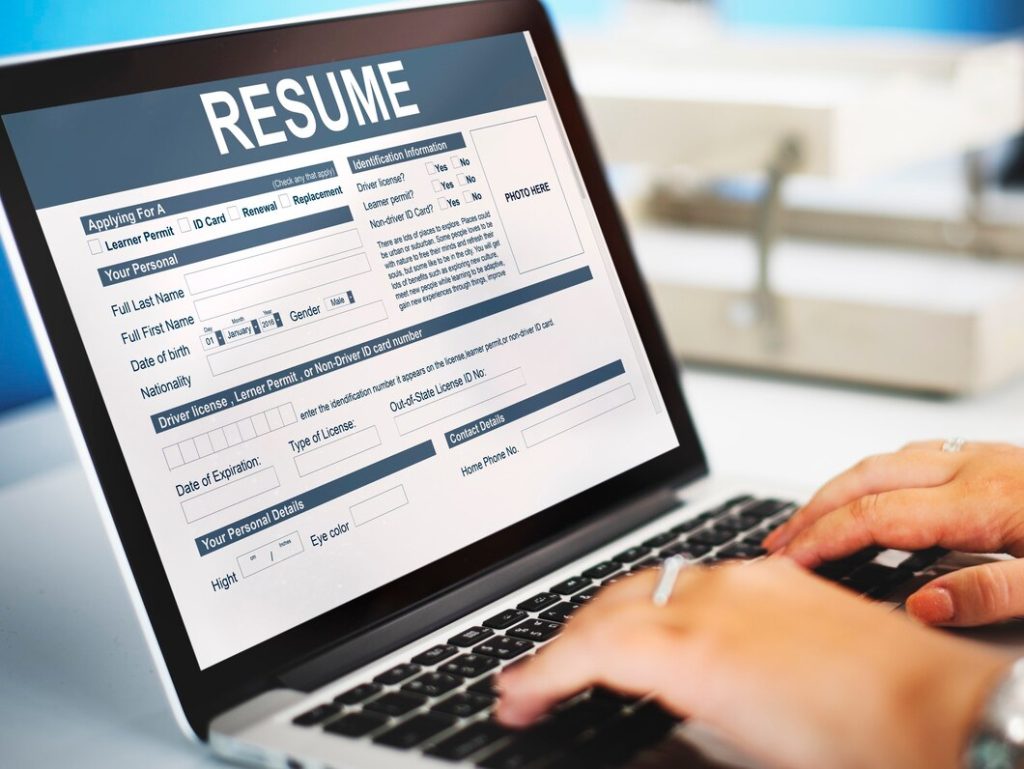
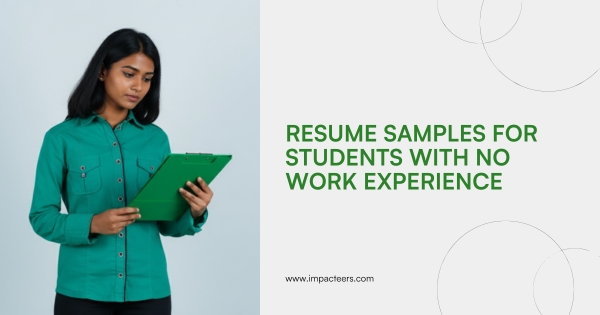
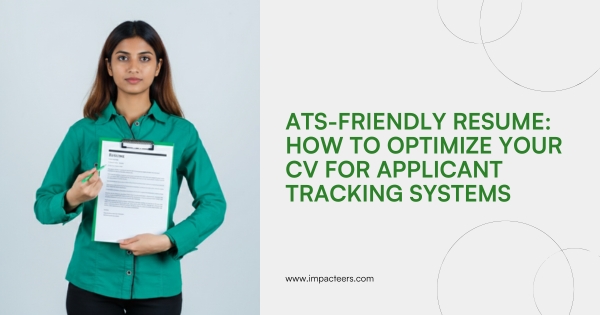
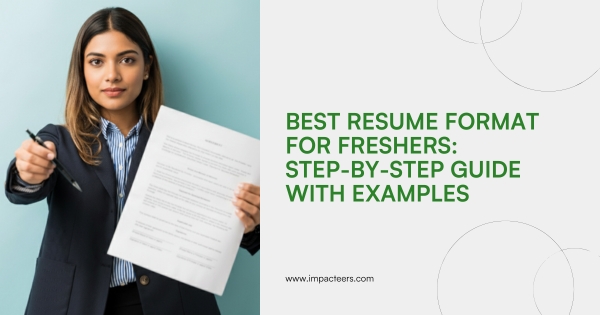
Post Comment